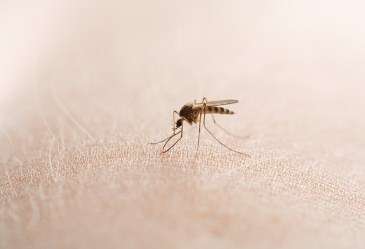Safest Bug Sprays for Your Kids: Protect Against West Nile and More
Find out what insect repellents are safe to use on your children to help protect them against West Nile Virus.

By: Lindsay Hutton
In this article, you will find:
Going the natural route
Citronella and essential oils like soybean, geranium, peppermint, and catnip are all used as natural insect repellents. The Environmental Working Group offers a listing of the best-rated options, but it's important to note that these ingredients are not registered by the EPA as effective against guarding against bites. Additionally, these ingredients offer markedly less protection time than those registered by the EPA. How to Safely Use Bug Spray on Children
All insect repellents must state any age restrictions directly on the label. If there is no restriction listed, the EPA does not require one for that product. The EPA recommends using a concentration that has a protection time in line with how long you will be exposed.
Regardless of concentration, the CDC recommends reapplying if you find your child getting bitten by insects, even if it's before the window of protection time has elapsed.
Kids Health from the Nemours Foundation offers some tips to safely apply bug repellent on kids:
- DEET can be used on exposed skin, clothing, socks, and shoes, but should not be used on the face, or under clothing.
- Apply repellent to exposed skin sparingly. Do not apply to the hands of young children, as it can be ingested if they put their hands in their mouths, or irritate their eyes if touched.
- Avoid spraying the repellent near the mouth.